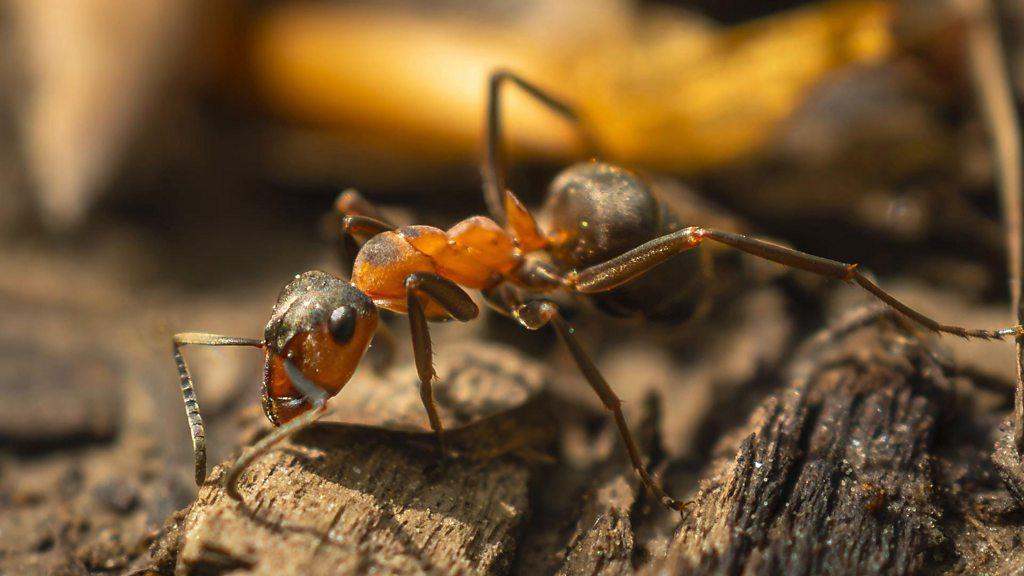An underground 'concert': Scientists find the soundtrack of healthy soil
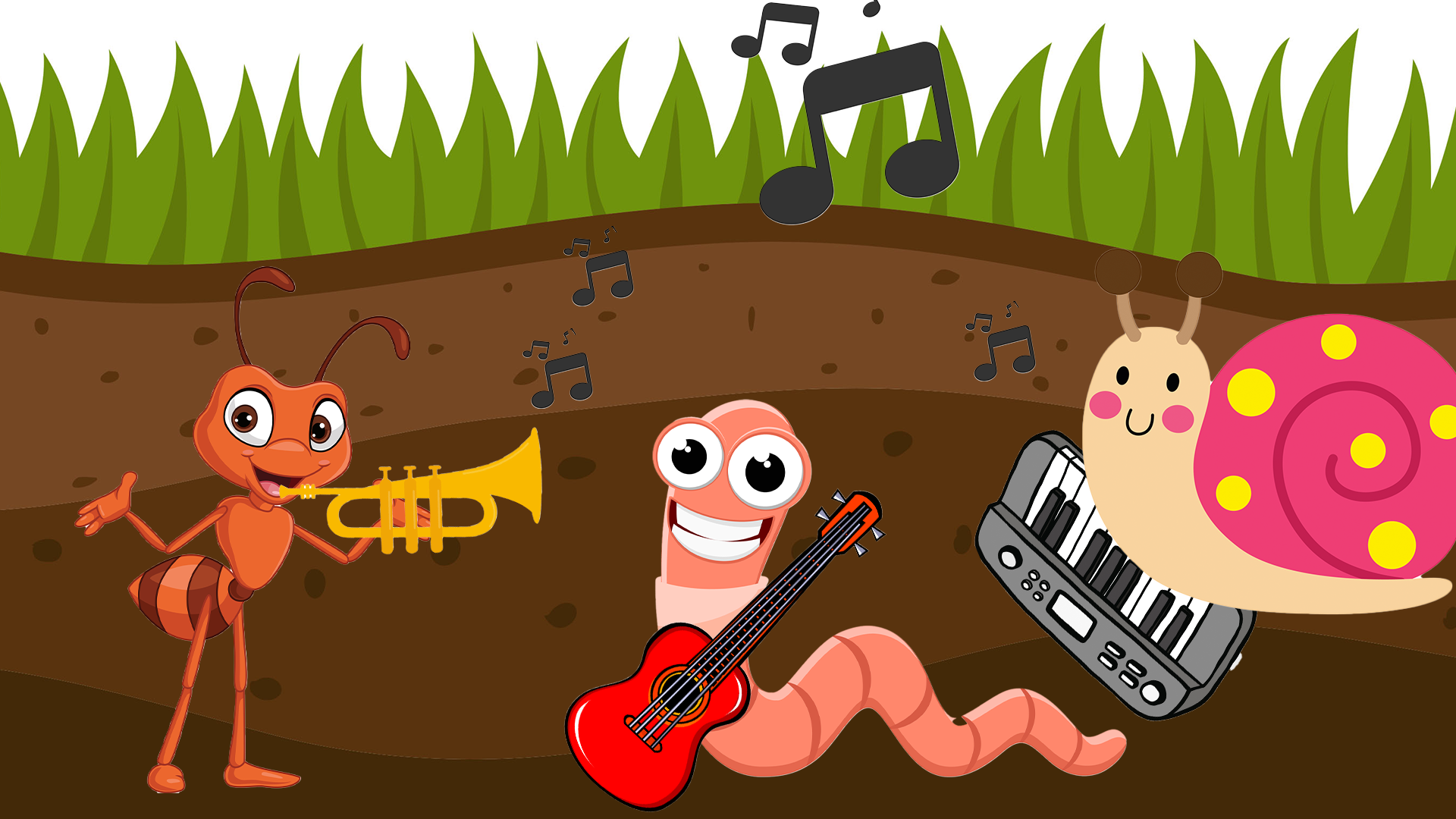
An underground 'orchestra' is actually a sign that the soil is healthy
- Published
Click, crackle, pop - it might be the noise you associate most with breakfast cereal, but its also the the sound soil makes.
Yep, dirt has its own soundtrack, with new research suggesting that healthy soil makes these noises.
Scientists from Australia's Flinders University planted microphones to examine the sound and discovered that land filled with plants and tiny creatures had much more diverse underground noises compared to cleared land.
- Published21 July 2019
- Published6 June 2024
- Published5 December 2023
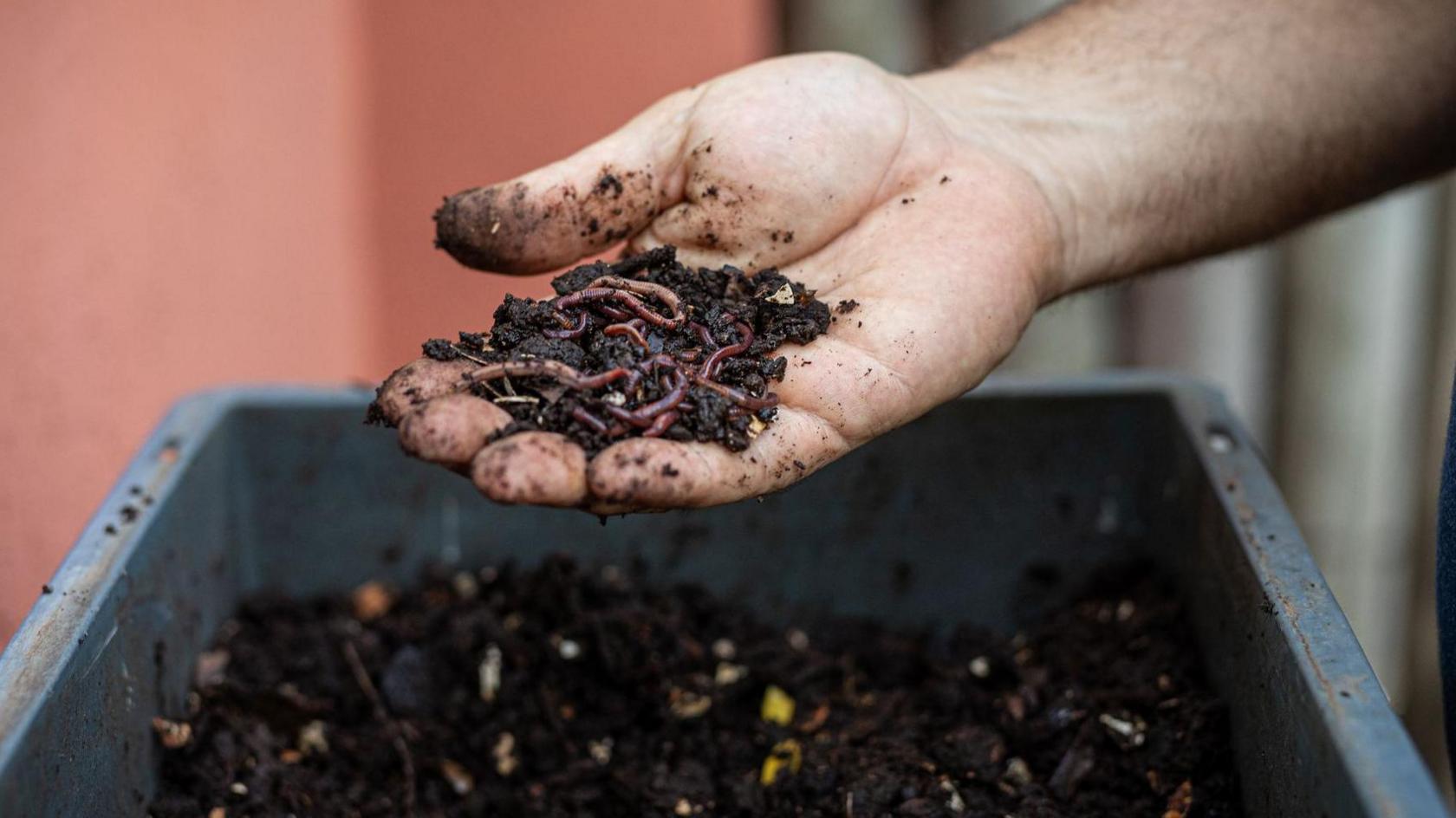
Healthy soil is full of insects like worms, snails and ants
The records from the soil found that where land had been cleared, soil produced bland white noise, but land that was full with plants and insects produced a diverse range of noises including clicks, crackles and pops.
Ecologist Dr Jake Robinson who was part of the team said finding creatures such as insects: "is a good indication of soil health" because they "improve their nutrient content".
The research showed that soil full of worms had low bubbly sounds, while lighter, six-legged ants made frequent higher-pitched clicks.
"A millipede has lots of tiny legs and they make little tapping sounds, whereas the snail has a more slimy glide sound,” said Dr Robinson.
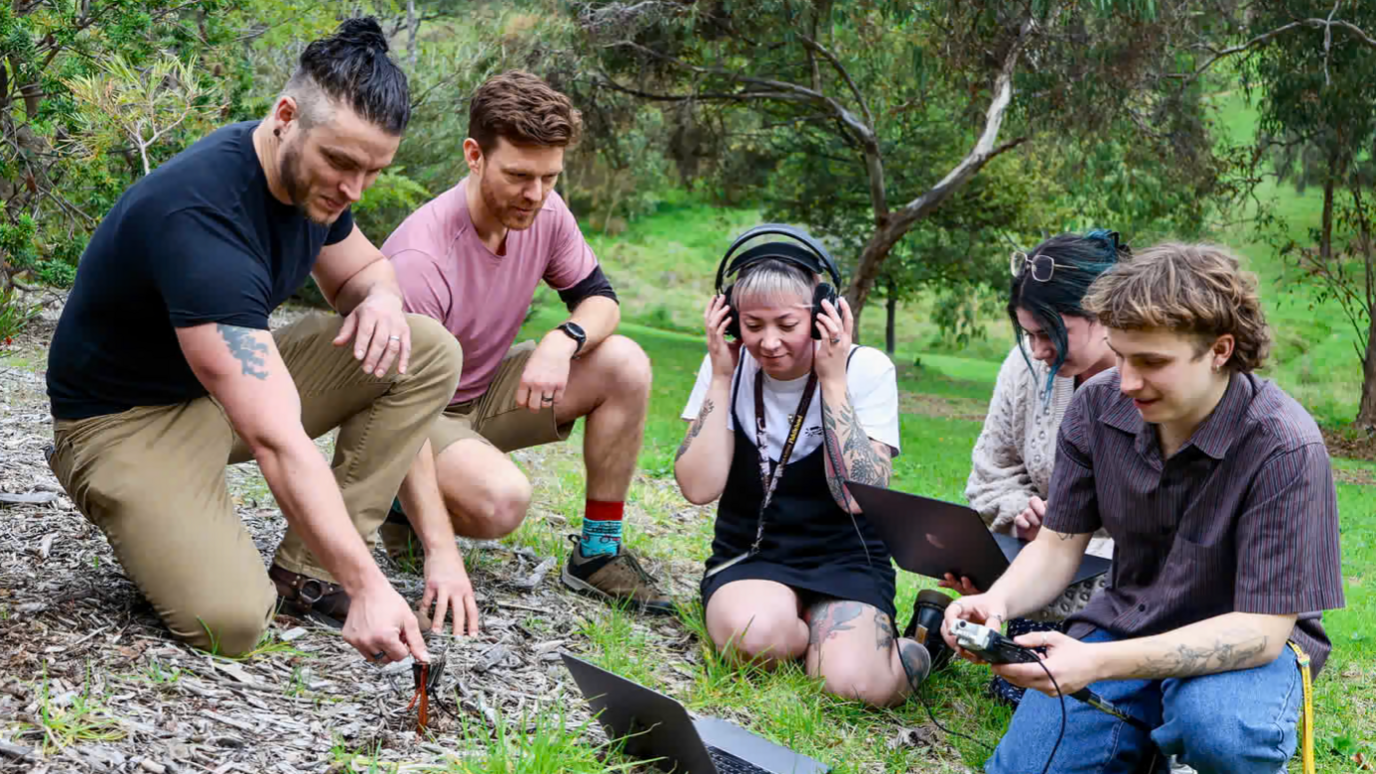
Underground microphones captured the noises of the soil
The scientists described the method as like "going to the doctor".
"They put a stethoscope on your chest, take a health check, listen to your beating heart … we’re doing something similar in the soil,” added Dr Robison.
By listening to the soil scientists are able to determine if it has insects living in it, and if it is healthy.
They hope that the study will lead to a new way of testing soil to check its health without having to dig up or lay traps for insects.
Read more:
- Published18 August 2023
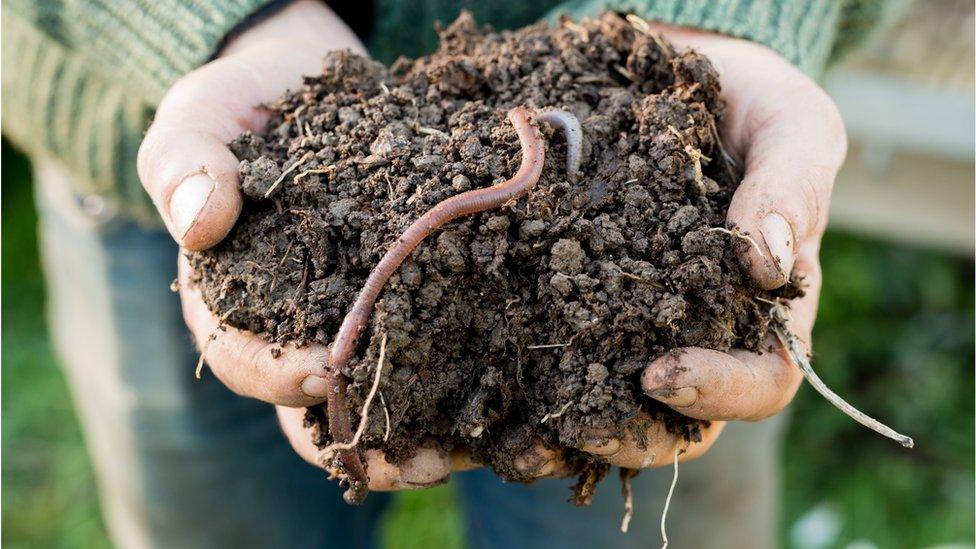
- Published11 September 2023
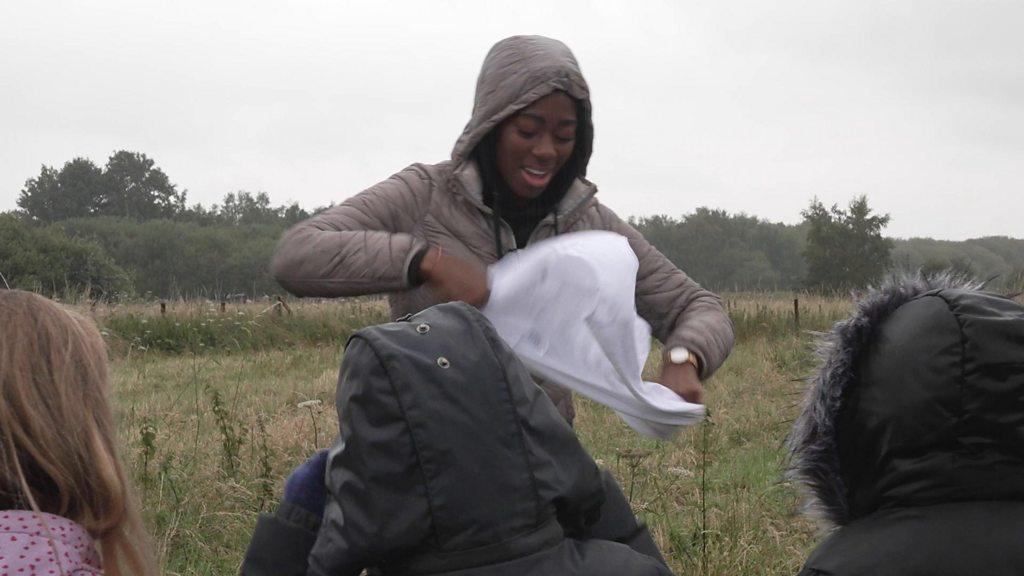
- Published19 April 2024
